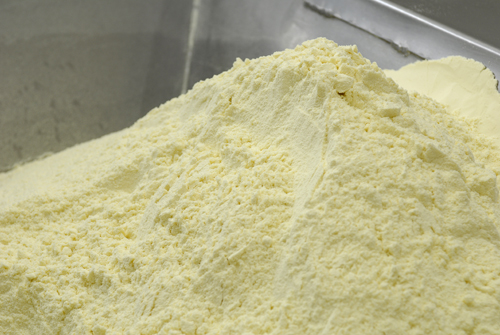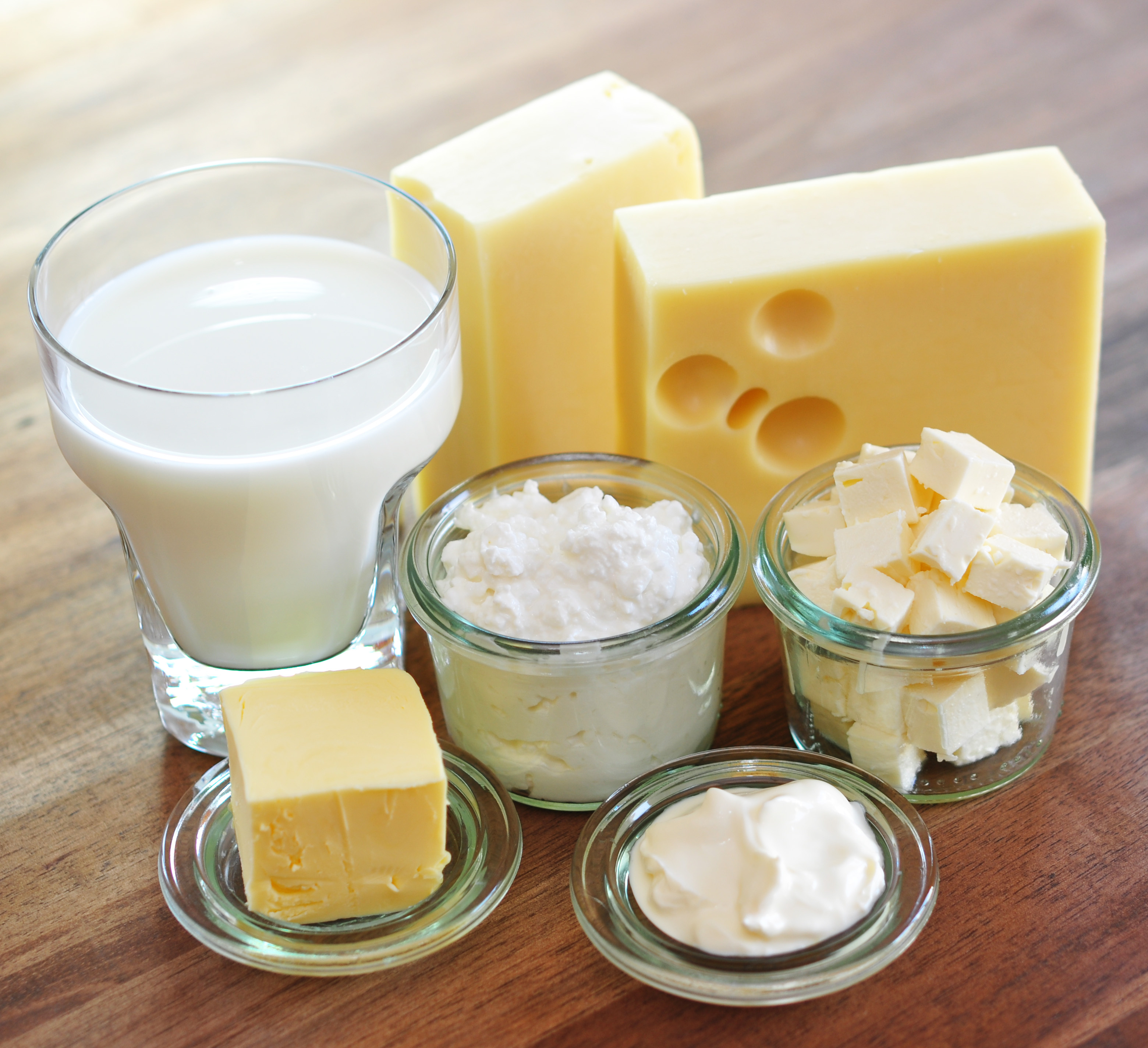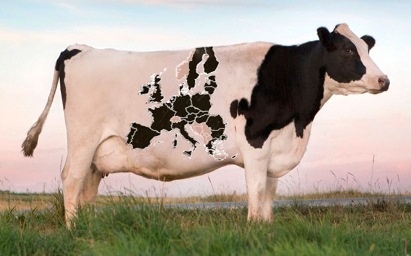The GDT average index price fell by 1.2% at the auction held on 20th March to $3,632. This follows a 0.6% drop in the event held on 6th March and is the third consecutive decline.
After seeing a 0.8% fall at the auction held at the beginning of March, the first drop in 2018 for WMP, the product actually saw a 0.1% increase at the latest event. WMP made up over half of all the products sold, but SMP, contributing to a about a quarter of the products sold, was down by 8.6% compared to the event earlier in the month to $1,887. However, this was perhaps more of a re-balancing exercise after the product rose by 5.5% at the previous event. It is now back in line with February’s prices which averaged $1,882 per tonne. At the beginning of March the EU Commission sold 4,337 tonnes of intervention SMP for only €1,100 per tonne, this is below the feed grade price of SMP and will do nothing to help current markets. The Commission has around 380,000 tonnes still in stock.
Often seen as the bellwether for the dairy industry, the recent declines in the GDT will not support UK farmgate prices. Further reductions have been announced, some of the more notable ones include:
- Muller and Arla Direct contracted producers will both receive a 1.5ppl price cut as from 1st April. This could mean Arla producers will be receiving the lowest GB farmgate milk price as from the beginning of next month.
- Glanbia Cheese and suppliers to Belton Cheese will also see a 1.5ppl price cut, as will suppliers to Yew Tree Dairy and Joseph Heler Cheese
- Dairy Crest Davidstow and Crediton Dairy have both announced a 1.25ppl reduction as from 1st April.



